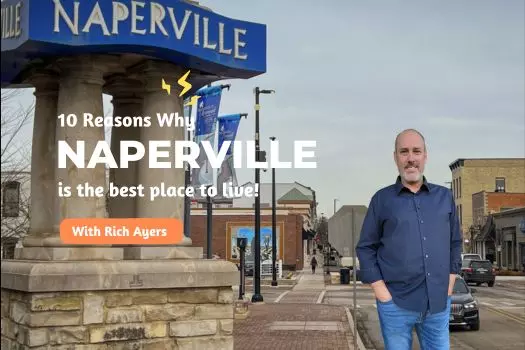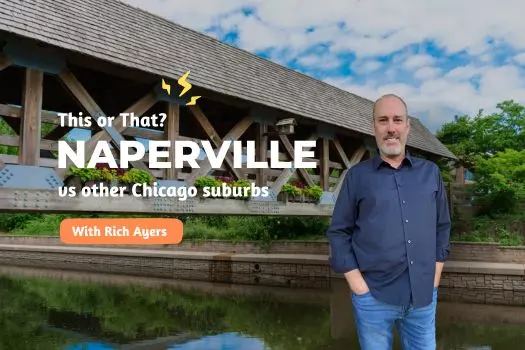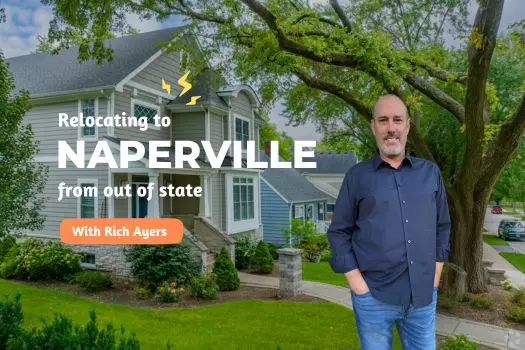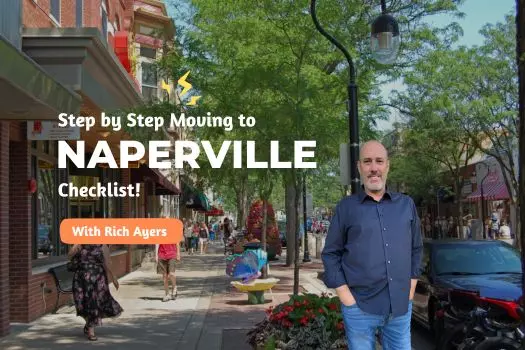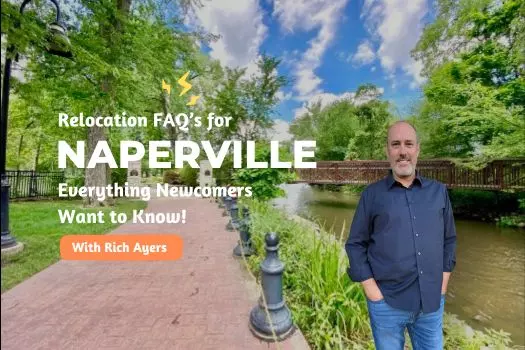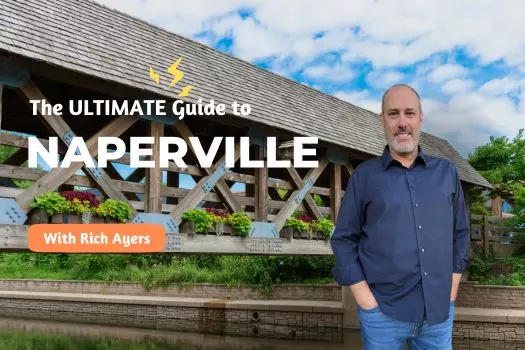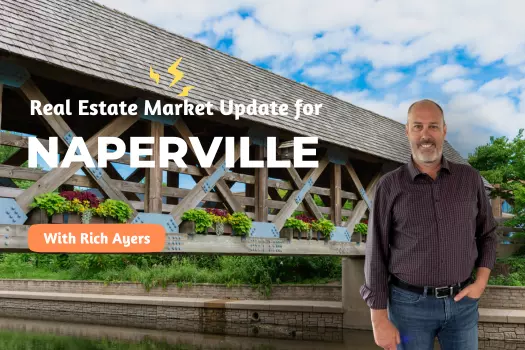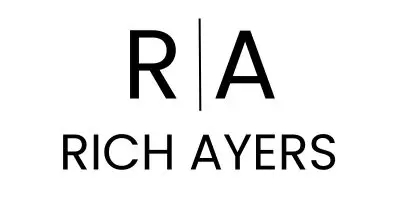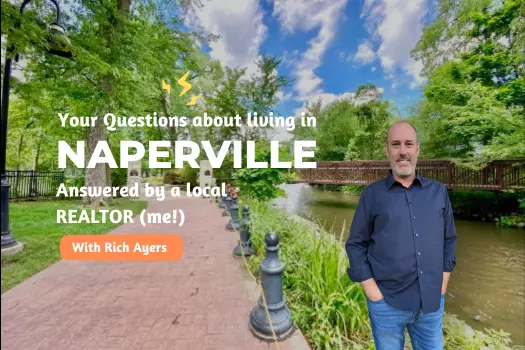
Your Questions About Living in Naperville, IL — Answered by a Local REALTOR, Rich Ayers
🏡 Your Questions About Living in Naperville, IL — Answered by a Local Realtor (I live, work, and sell here—so I’ll give you what I wish I’d known when I moved in.) 1. What is the cost of living in Naperville compared to other Chicago suburbs? A: Naperville sits at the higher end among Chicago subur
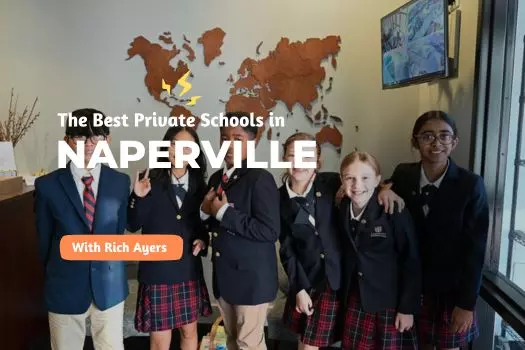
Best Private Schools in Naperville, IL
Best Private Schools in Naperville, IL Choosing the right educational environment for your child is a pivotal decision that can shape their academic journey and personal development. Naperville, Illinois, boasts a diverse array of private schools, each offering unique philosophies, curricula, and c
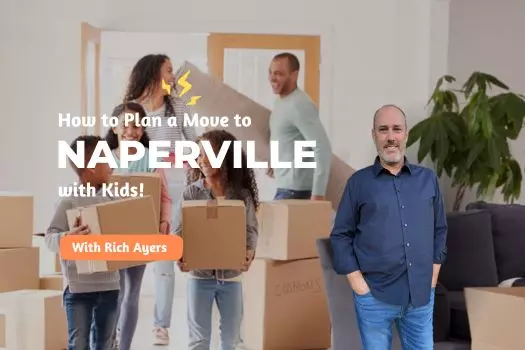
How to Plan a Smooth Move to Naperville IL with Kids
How to Plan a Smooth Move to Naperville IL with Kids Making Your Family’s Move to Naperville Stress-Free Moving can be a challenging experience for families, especially with kids in tow. From finding the right neighborhood to adjusting to a new school, there are many factors to consider when reloca
Categories
Recent Posts



